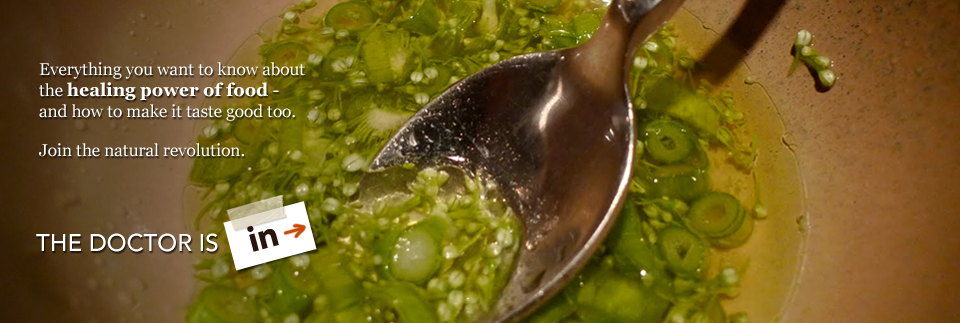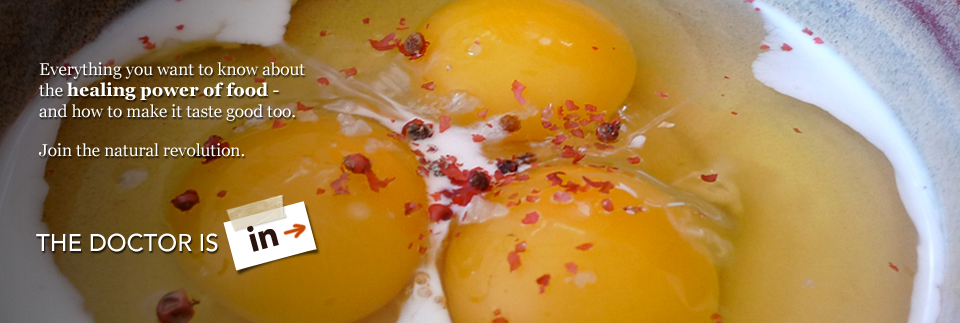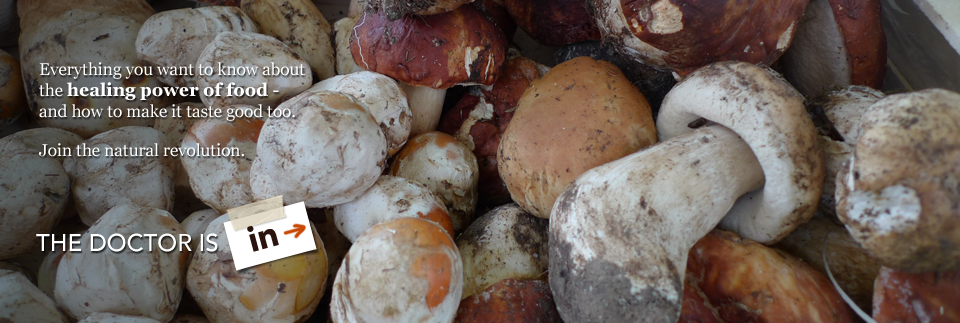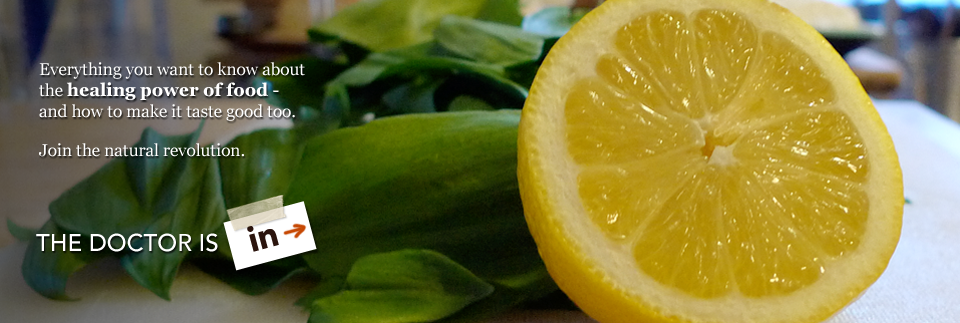Perfect Persimmons: The "Other" Apple
I didn't eat my first persimmon until 2002. I remember this because it was an event, that's how delicious persimmons are. I had been wondering what is that odd looking orange'ish-yellow tomato that's not a tomato sitting amongst all the fruit in China Town in NYC. Well, as it turns out it's a delectable piece of fruit that is sweet, but not too sweet, pliant yet still crunchy (unless it's really ripe, then it is a bit like a tomato/mango), and it has a hint of sour to hold itself up from becoming too cloying. Anyway, it's irrelevant what it tastes like to me because taste is subjective. It's good.
Persimmon is also a TCM medicinal food (referred to as Shi Zi, 柿子) that is used to treat inflammation in the gut, (hot and dry) lung ailments, and if slightly unripe it has astringent properties which cause not only your mouth to pucker up but also restrain diarrhea, coughing and/or vomiting blood, and reduce hypertension (P. Pitchford). Persimmons are cooling, sweet, and target the lungs and digestive area. They can moisten the lungs while at the same time reducing phlegm. In addition, you can use the calyx and fruit stem for treating hiccups.
Though I am not always a huge fan of breaking foods down into micro nutrients and hailing them as the next "super food", I was happy to see that persimmon's got a little media attention in 2001 in the Science Daily "A Persimmon A Day Could Be Better For Your Heart Than An Apple" having been found to contain "significantly higher concentrations of dietary fiber, minerals and phenolic compounds - all instrumental in fighting atherosclerosis". Eating one a day is supposedly enough to fight atherosclerosis according to the study conducted by the department of medicinal chemistry in the School of Pharmacy at the Hebrew University of Jerusalem in Israel mentioned in the article. A persimmon a day keeps the doctor away?
Persimmon's are originally from China but spread to Korea, Japan, Brazil, Israel, and on from there, reaching the United States in 1856. There are over 40 different kinds of persimmons, some of which are more astringent than others according to the degree of pollination and the amount of ethanol produced in the seeds (if you are like me and have tried a persimmon that is sweet and crunchy one day only to bite into a soft, ripe, super mouth-puckering one the next day and wondered why, this is why!). In Japan to remove the pucker in a persimmon they place them in former sake curing casks and let them rest there for a few days. Or you can alternately (not having access to a sake cask) just let them ripen naturally to further remove tannins, though if they are of the kind that is more susceptible to this, then there is not much you can do. The puckering is of course indicative of a higher level of astringency, increasing it's ability to treat conditions such as dysentery, diarrhea, and spitting or coughing up blood. Apparently, the Native Americans had their own medicinal uses for the persimmon as well: as a poultice for warts, in the treatment of bloody diarrhea, and as a mouth rinse in the treatment of thrush.
Persimmons are in season right now (from October - December) so if you can find them somewhere, stock up! Keep them around to keep your heart healthy, or to treat that dry cough from too much artificial heating this winter, or simply just to enjoy!









Comments
Add new comment | The Spice Doc
I believe this is among the most important information for me.
And i am glad reading your article. But want to commentary on some basic things,
The web site taste is great, the articles is actually excellent :
D. Good task, cheers
Post new comment